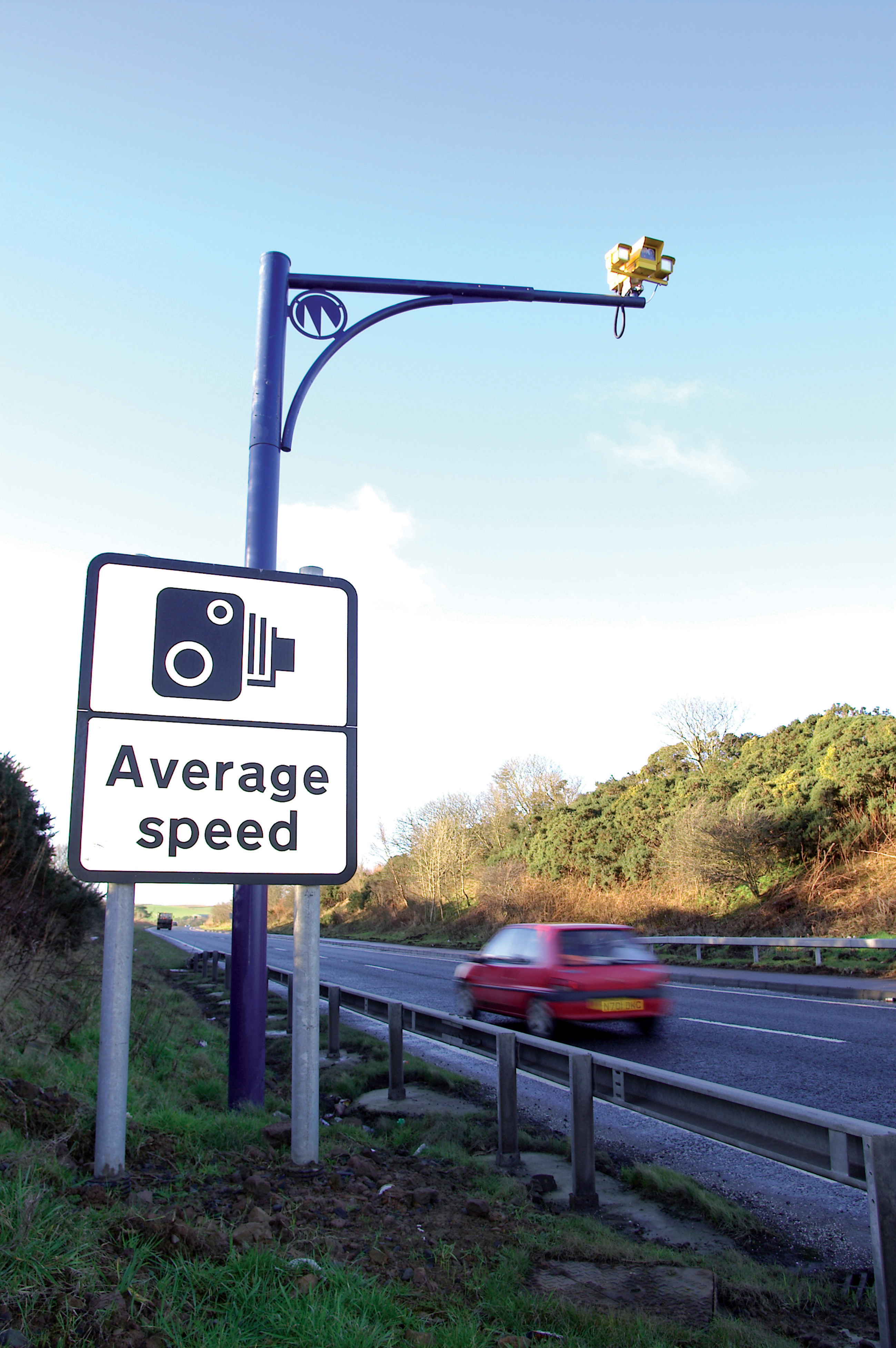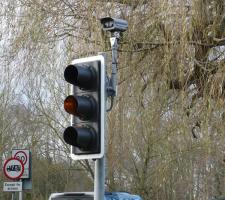
Geoff Collins of Vysionics Intelligent Traffic Solutions talks about the near-term prospects of ANPR
The continued absence of a champion for its cause is preventing digital enforcement technology from delivering the true levels of cost-effectiveness of which it is capable, according to Geoff Collins, sales and marketing director of ANPR specialistDigitisation and always-on connectivity have transformed enforcement systems' potential, enabling them to provide - in theory at least - a whole range of other traffic monitoring and management services. These include tying together red light running and speed enforcement as well as bringing the monitoring of box junctions, bus and high-occupancy lanes and so on into the equation. The camera systems alone could be adapted to provide presence, congestion and incident detection, while embedded ANPR could be used to implement road user charging strategies, or to generate travel time, origin/destination, traffic count and numerous other traffic census-type data Theory, however, hides frustration. Legislation continues to lag behind technological progress with the result in many countries that discrete systems continue, by law, to be applied for discrete functions.
The issue in itself is not new and has been discussed in these pages before (see 'Shared consciousness', pp.36-37, ITS International, January-February 2008), however progress on this topic has been slow to non-existent in recent years; even global recession and the current near-obsession with deriving the most value for taxpayers' money has not precipitated change.
Collins sees some work-around possibilities which he thinks could offer a way forward in the interim.
"You can't expect legislative development to always go the way you want it to but you can at least hope it will," he says. "In the meantime, you can still work within the existing legislation and achieve a lot. It just needs an adjustment in your thinking.
"The 'solution' at the moment might be to have multiple cameras because you can't use a single one for multiple applications. But, for instance, you might be able to get away with using just the one camera at a given location if it is allocated only to a single application at certain times. That removes the conflict and gets round the constraints of the rules as they stand. Getting round rather than charging through legislative barriers might be a way forward because you can in fact push too hard for change. That doesn't help. You can though, demonstrate advantage over a longer period and encourage movement." He sees logic in pushing the agenda.
"The reality is that change is a joint effort. The media, manufacturers and trade associations all have a role but to me the lack of a champion is a real issue. I don't see a concerted effort but we do need one because even within just one country there are the jurisdiction boundaries and different agendas of various agencies and political parties to contend with."
Market outlook
Collins's comments are based on his experience of the UK enforcement market, where his company is a major provider of Automatic Number Plate Recognition (ANPR) and average speed monitoring systems (see Sidebar, 'Vysionics: a new name for some established players').After a tumultuous few months, the prospects for that market, he says, are looking brighter.
"The upheaval in the economy over the last eight to 10 months has calmed significantly. There was a hiccup, but things are getting better. There was a lot of uncertainty, driven by the election of a new government and changes in policy, and a black hole in the country's finances. Local and national authorities had stopped spending.
"But one good thing about ITS in general is that it offers more for less. There are huge opportunities and improvements that can be derived from its data collection and processing capabilities. The big civil engineering projects might not be happening in many countries at the moment but there are legislative pressures to, for instance, reduce congestion and emissions, and to increase safety. The application of technology is the only way to do that. But what we need to do is intelligently spend; using technology rather than blunt force you can achieve probably 80 per cent of the desired result at 20 per cent of the cost." The UK ANPR market is a mature one, both in terms of the technology deployed and the scale of deployment. Collins has been one of the most outspoken advocates of its application in average speed enforcement in recent years. The UK, he says, has much to teach other countries when it comes to the right way to do things.
"ANPR is quite a wacky concept if you're not already familiar with it. The UK invented ANPR largely out of necessity; it's a small, crowded place with severe traffic problems in some areas. But it has handled ANPR's deployment, and in particular that of average speed enforcement, well. Empathy towards the driver has resulted in a concept and systems that are seen to be fair. Essentially it's a case of, 'You are being watched but you've an opportunity to do the right thing.' "Covert enforcement is a blunt instrument and the perceived lack of fairness can cause big problems with public acceptance. Average speed monitoring by contrast is highly visible and it has some handy by-products, in that more uniform driving improves overall flow and reduces both congestion and fuel consumption. By allying those positives to an intelligent, well-considered deployment strategy, the UK has managed to achieve much of the 'good' of automated enforcement without incurring much of the 'bad'."
Vysionics: a new name for some established players
Vysionics, which was formed last year, brings together two long-established ANPR specialists,
Supporting capital for the merger came from LDC, the private equity arm of Lloyds Banking Group. There is now a holding company and Vysionics is owned by a combination of the two. The timing of the move was driven more by internal than external factors, with owners of both original companies having been looking to exit, according to Collins.
"The ITS sector in the last few years and up until recent months has been very buoyant. There's still a lot of potential for it to grow, I think, and a lot of investment opportunity," he continues. "The people who backed the deal have done this sort of thing before. They have a background of buy and build in, for instance, command and control systems for the emergency services. They'd been thinking about 'What's next?' for quite some time. The UK is very strong in ITS and ITS is a relatively dynamic sector. SCS was on their radar initially, and there was already a strong tie to CRS; the latter was a design and manufacture partner for the SPECS range of products, both the ANPR engine and the journey time server for in-station applications. Informal ties between SCS and CRS extend back to 1995.
"Part of the logic for the tie-up lay in the relative positioning of the two entities. CRS was responsible for the development and manufacture of the kit, while SCS handled the marketing and service delivery; CRS was more technology-oriented, while SCS's strengths lay in finding out what the market wanted. Tying the two more closely together allows a smoother delivery chain and economies of scale. That's helped by the two also being geographically close to each other; CRS's and SCS's original offices are about a half-hour apart just to the west of London." That relationship did not preclude SCS from using other partners' ANPR solutions for other integrated products, according to Collins, but it effectively resulted in the company competing against itself.
"Little pockets of expertise reach a point where they can't grow more or punch any further above their weight without help. That creates opportunities. Vysionics is going to be pushing out both horizontally and vertically. That means improving the supply chain and service delivery. It also means continuing with system development; I don't see an end-point to that.
"Simplistically, all that we do will tie back to ANPR. It's a key part of the ITS sector, in that a lot of applications plug into it, and it's what we do best; I don't see us doing something radically different in the future.
"That doesn't mean that we won't be pushing in new directions, however. We'll continue to develop around the core technology. Packaged versions of the same technology can be used in different ways. For example, CRS was the first company to gain approval from the UK's Vehicle Certification Agency for bus lane monitoring. There's an important distinction there, in that the VCA handles civil offences whereas the Home Office handles criminal ones.
"Those packaged solutions can be made ready to go, as distinct from looking at applications and then hardware development. Average speed enforcement, for example, is just applied ANPR. So is journey time monitoring and we can expect to see more off-the-shelf ANPR solutions."













